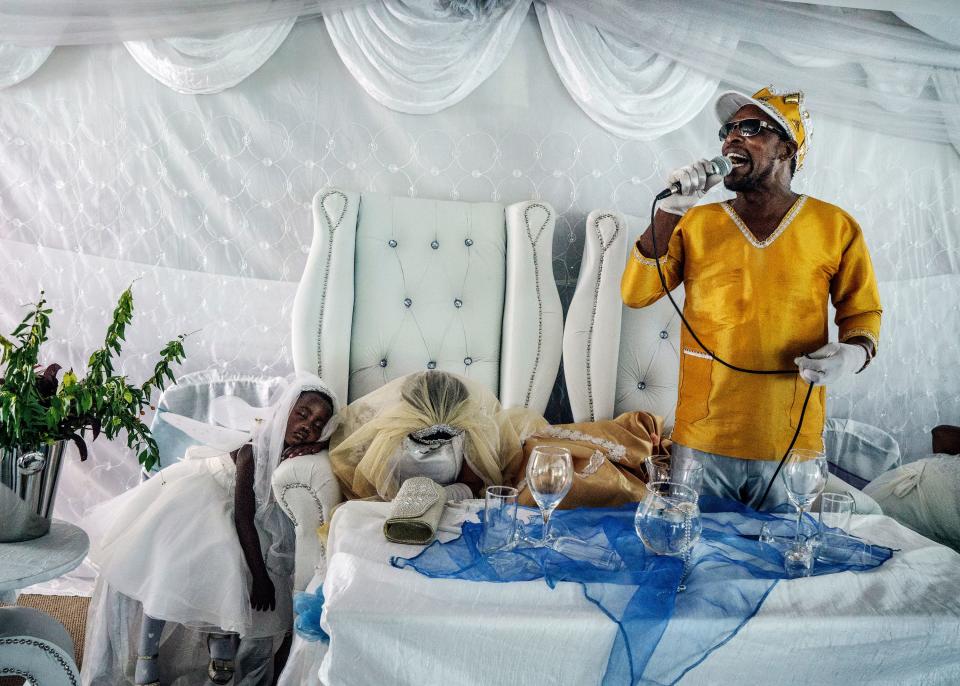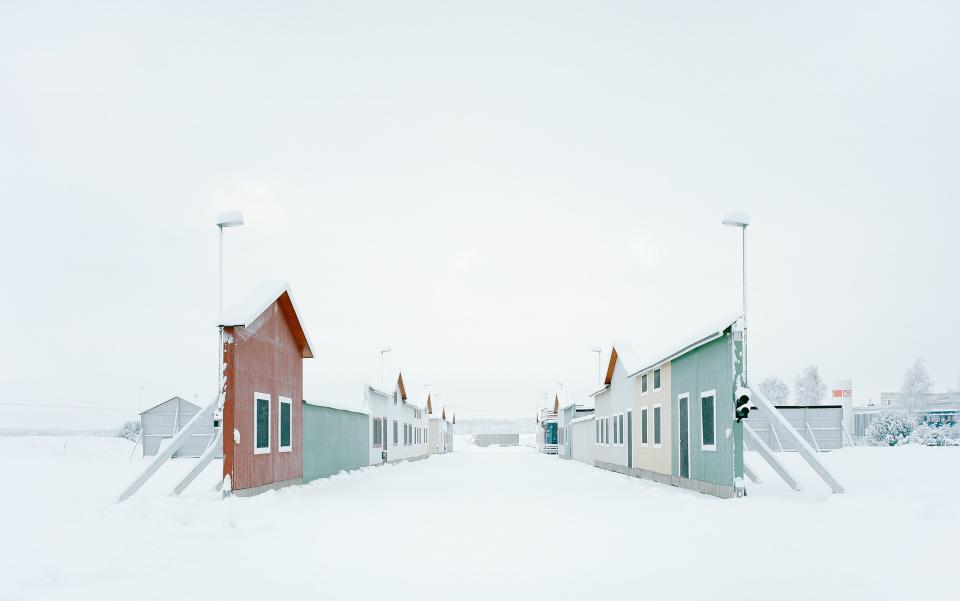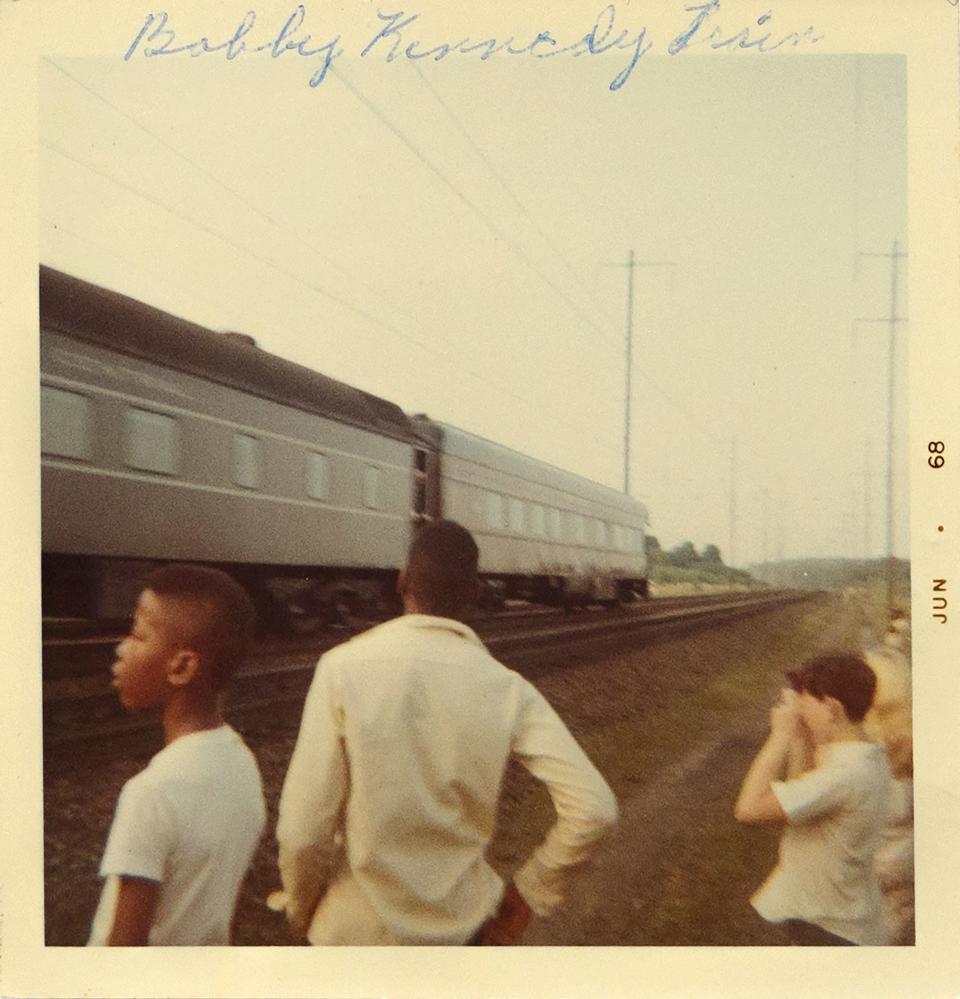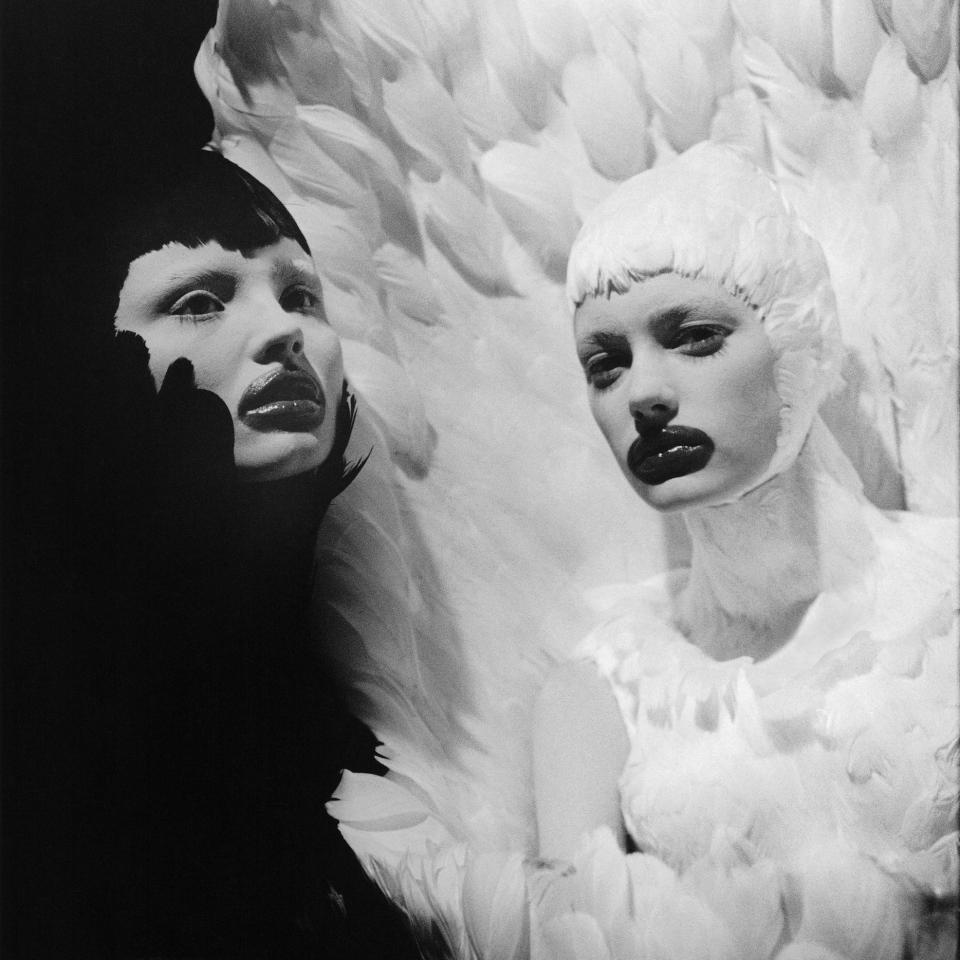What to See at the Rencontres d’Arles Photo Festival
Arles was once the second capital of the Roman world: Constantine II was born there and treasures from the period are still being unearthed as reminders of its glorious past. Since then, the beautiful Provençal city with its Roman amphitheater surrounded by pretty 18th-century townhouses and mansions and dainty 19th-century villas and ’60s housing projects has long slumbered.
But it is redefining itself in the most dynamic way as a cultural center of France, a process that began with the the Rencontres d’Ares photography festival, founded in 1970 by the Arlésien photographer Lucien Clergue and the writer Michel Tournier. This year, with a theme of “Back to the Future,” the Rencontre’s director Sam Stourdzé (through September 23) has showcased historical images including the powerful work of the Beat Generation’s Robert Frank, the Swiss-born photographer who captured an unvarnished image of America in the 1960s; René Burri’s “Imaginary Pyramids,” which shows that you can find your obsession anywhere; and Paul Fusco, Rein Jelle Terpstra, and Philippe Parreno’s The Train: RFK’s Last Journey, documenting the scenes and mourners along the route of the train carrying the body of the assassinated Robert F. Kennedy. “Photography is often the best-placed medium for registering all the shocks that show us the world is changing, sometime right before our eyes,” says Stourdzé.

With only half a day to explore, I had to focus, but I was intrigued, inspired and unsettled by several contemporary exhibits, including Jonas Bendiksen’s “The Last Testament,” appropriately showcased in the soaring 1630 volumes of the Église Sainte-Anne. The show documents seven men around the globe who each claim to be the Second Coming of Christ, including Bupete Chibwe Chishimba, known as Jesus of Kitwe, who also operates two unlicensed taxis in the Zambian city, and former MI5 agent David Shayler, who had a revelation that he was Jesus Christ in 2007 and has subsequently developed an alter ego called Dolores Kane.
Gregor Sailer’s “Potemkin Village,” meanwhile, references his fascination with the idea that when Catherine the Great went to visit the newly annexed Crimea in 1787, her lover Field Marshal Potemkin, wanting to shield the imperial personage from the rural squalor, installed a collection of theatrical facades in front of the hovels. Sailer traveled the world photographing ersatz “cityscapes” that are actually military field exercise bases, or what seems to be a Thames-side English town that is in fact a facsimile re-created in mainland China. (This exhibition flanks the superb Romanesque cloister of St. Trophime.)

Next door at the Palais de l’Archevêché, William Wegman’s droll anthropomorphic portraits of his Weimaraner dogs (“Being Human”) provide some light relief.
Luma, the passion project of the arts philanthropist Maja Hoffmann, has literally transformed the cultural landscape of the city. The complex’s centerpiece—a Frank Gehry tower with its writhing metal cladding—is not quite ready for the big reveal but nevertheless looms large over the Alyscamps (the Romans’ Elysian fields showcased the recent Gucci Resort collection). It will soon showcase conceptual art projects. The Luma complex, however, includes some former train storage warehouses that have been transformed into exhibition spaces by architect Annabelle Selldorf. One of these features “The Unfinished Lee McQueen” by the photographer Ann Ray, who spent 13 years documenting the artist-designer and his work in his ateliers and backstage at his runway shows, resulting in a treasury of some 40,000 analog images. The powerful beauty of the images and the work was almost unbearably poignant.
The associated Gilbert & George show “The Great Exhibition, 1971–2016” (through January 6, 2019; there is a separate entrance fee) in the train warehouse next door brilliantly showcases the epic photo montages of the quirky duo in its vast volumes. There was also time for Arthur Jafa’s powerful eight-minute film Apex (2013; through 4th November 2018).
I had to break away from photographs to go to the Fondation Vincent van Gogh, to see “Paul Nash, Sunflower Rises” (through October 28), a delightful exhibition dedicated to a favorite modernist British artist who drew inspiration from Arles and its surrounding landscape. In “Hot Sun, Late Sun. Untamed Modernism” (also through October 28) in the same museum, the curator Bice Curiger explores the response of artists to the sun in a dynamic exhibition that brings together wildly disparate works including some sensational Vincent van Gogh paintings, through several late Picassos, to Sigmar Polke, Etel Adnan, and the experimental jazz musician Sun Ra.
Saturated in all this culture I just had time to dash to Dou Bouchi, the delightful shop run by fashion designer Eric Bergère that includes his one-off patchwork caftans and summer dresses as well as the chicest Provençal ceramics.
And home in time for lunch.

Read More Culture Stories:
Melania Trump Meets Vladimir Putin in Helsinki in Strange Video—Read More
How Pope Francis Is Changing the Catholic Church—Read More
Serena Williams’s Husband, Alexis Ohanian, Makes All the Other Husbands Look Bad—Read More
Lindsay Lohan’s New Reality TV Show: Is She Our Next Lisa Vanderpump?—Read More
Phone Addiction? Here’s One Way to Fix It—Read More


